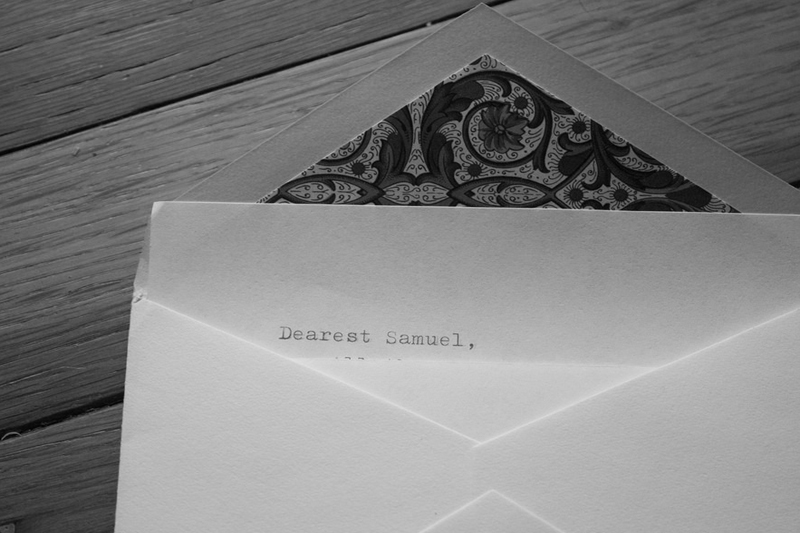Yesterday, a friend who received a thank you letter was so thrilled that he decided to post it on Facebook. The letter was perfectly ordinary but the fact that it was handwritten made it noteworthy. It’s both sad and opportune: the scarcity of the handwritten note means that when you write one, it will have much more impact. But you still have to do it correctly, so (drumroll please) here are a few tips:
Penmanship
How much is a fountain pen, like a fiver? Invest in one, it will enhance the letter tenfold. My parents once gave me a beautiful gold pen with my initials engraved upon it and my father assured me it would make no spelling mistakes. He was right.
Personal letters ought to be handwritten on an A5 sheet, but business thank you letters can be typed and printed onto A4. Do try to add a little handwritten note at the end though. Gratitude is a personal feeling and that won’t come through in Calibri 11pt.
Paper
Choose the best paper you can afford. It’s such a pleasure to hold and the ink will sit beautifully upon it. If you can, have your address professionally printed at the top of the first sheet (and only the first sheet).
Content
Begin as you mean to go on.
The start of the letter is called a salutaion. In the vast majority of cases, start with “Dear [name, first or title+surname]” and let your heart be your guide. For Peers and Glitterati (whether social or professional), be certain to check the proper forms of address. While you might have the best intentions, mixing up your ‘Your Graces’ with your ‘My Lords’ could have negative consequences. Likewise, the more eminent the recipient, the larger the space is left at the top of the page. Apparently this was established before we were so very paper conscious. Assume that if they are not preserving it for posterity, they will recycle it. They wouldn’t be very eminent if they didn’t.
Try to get the thank you part early on, as you don’t want to make it look as though it’s an afterthought.
When the letter refers to a present, add a few lines about the circumstances in which it was received and especially adding in how thoughtful it was. (Even if you hate it, you will have to take for granted that someone thought you would like it)
If you are thanking for an event, such as a visit or a dinner party, point out how delightful the food/ stay was and how spoiled you were or how you enjoyed meeting so and so. Put the emphasis on what you loved and the compliments will come pouring out of you.
If you are thanking someone for an introduction, promise to keep them posted on how the relationship develops (business, not personal). Do so especially if things go well. If you earn commission or secure a lucrative deal from the introduction, then you really ought to add a present with the letter.
If you are writing a thank you letter for an interview, which I wholeheartedly recommend you do, then thank the panel for their precious time. Remind them the key points you made to prove your suitability for the position and conclude with an indication of how enthusiastic you are to be considered.
Signing off in English is fairly uncomplicated compared to French, for example, which takes up over a half an hour in my workshops.
For a new acquaintance or a formal letter use “Best regards” or “Yours Sincerely.” If you are writing to a generic ‘Sir or Madam’ then “Yours Faithfully” works.
For an old, but still slightly formal acquaintance: “Kind regards.”
Friends: “Warm regards” or “With Love.”
Your envelope (which matches your paper, obviously) ought to have all the relevant information upon it and nothing more. Check the guidelines in your country to ensure you are addressing the letter correctly. You might be surprised by the rules. Still, most postal workers are very decent and will accomplish their mission well, even if you go over the allowed writing space.
[
